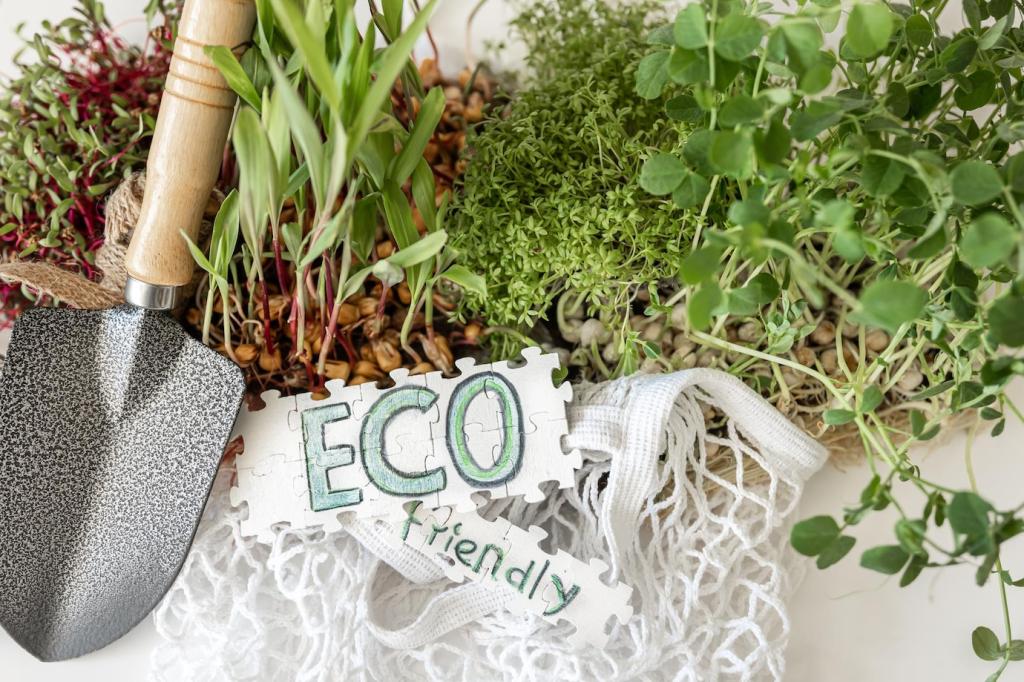Protecting Surfaces During Everyday Living
Use coasters, breathable placemats, and thick trivets. Avoid trapping moisture under plastic covers. If you host often, create a party kit with mats and napkins ready to deploy instantly.
Protecting Surfaces During Everyday Living
Designate a runner or washable tablecloth for art sessions. Felt pads under toys and pet bowls work wonders. Celebrate patina, but prevent gouges by lifting, not dragging, anything heavy.




